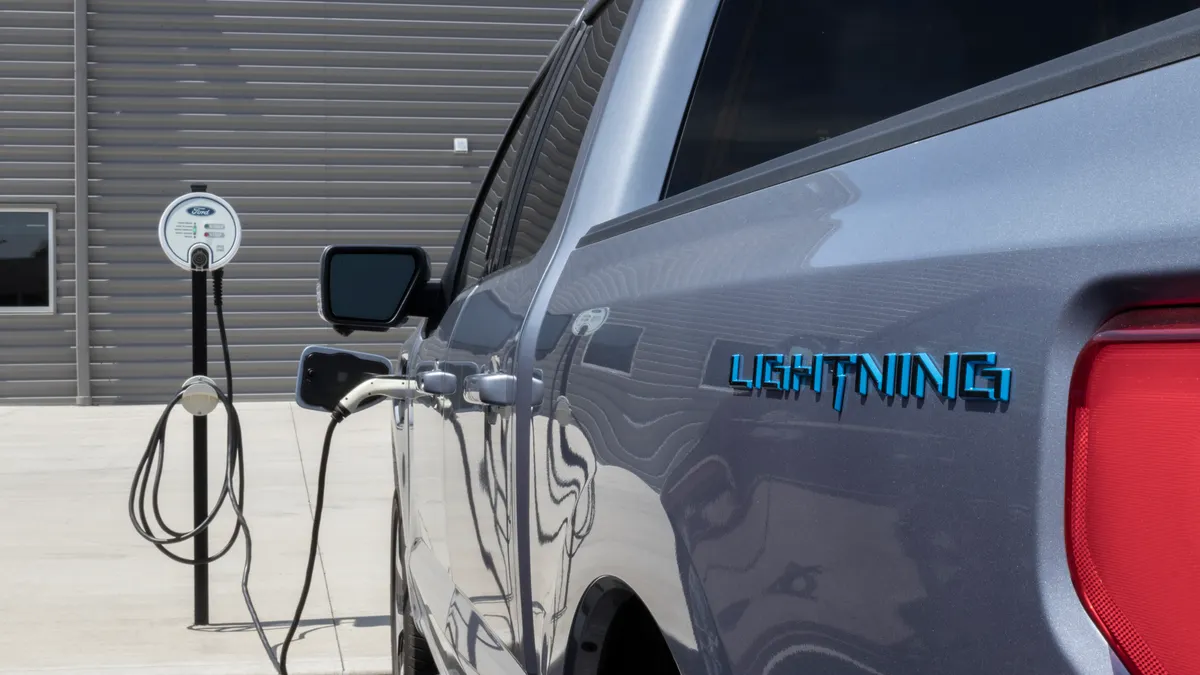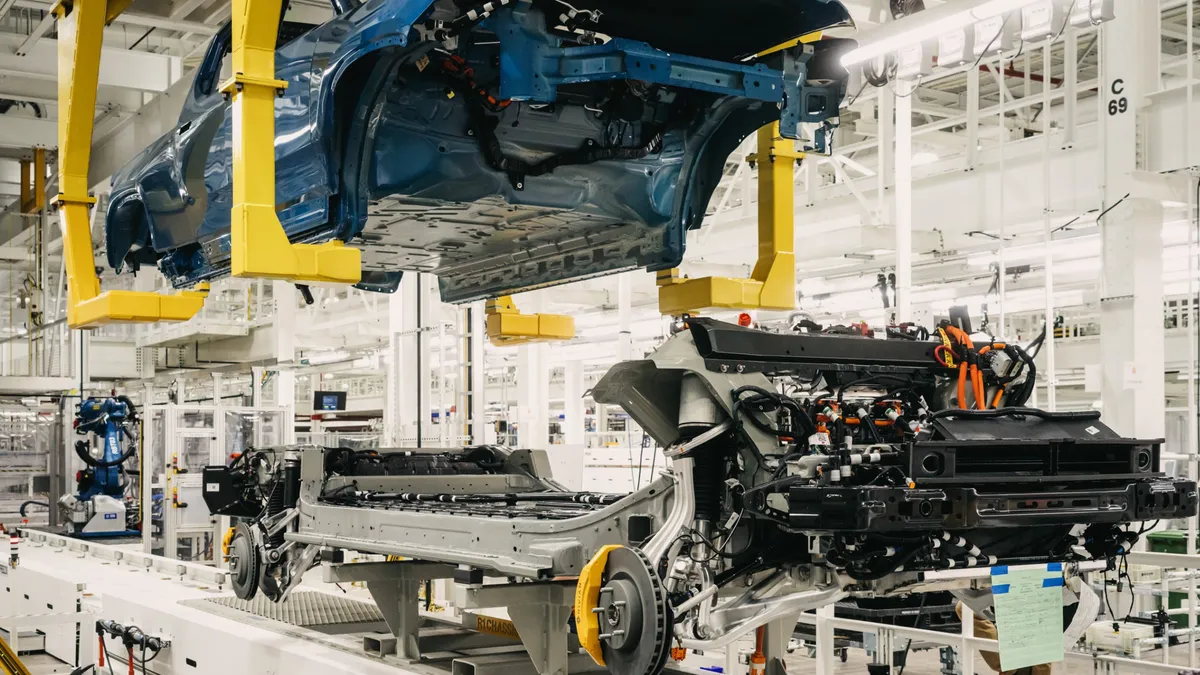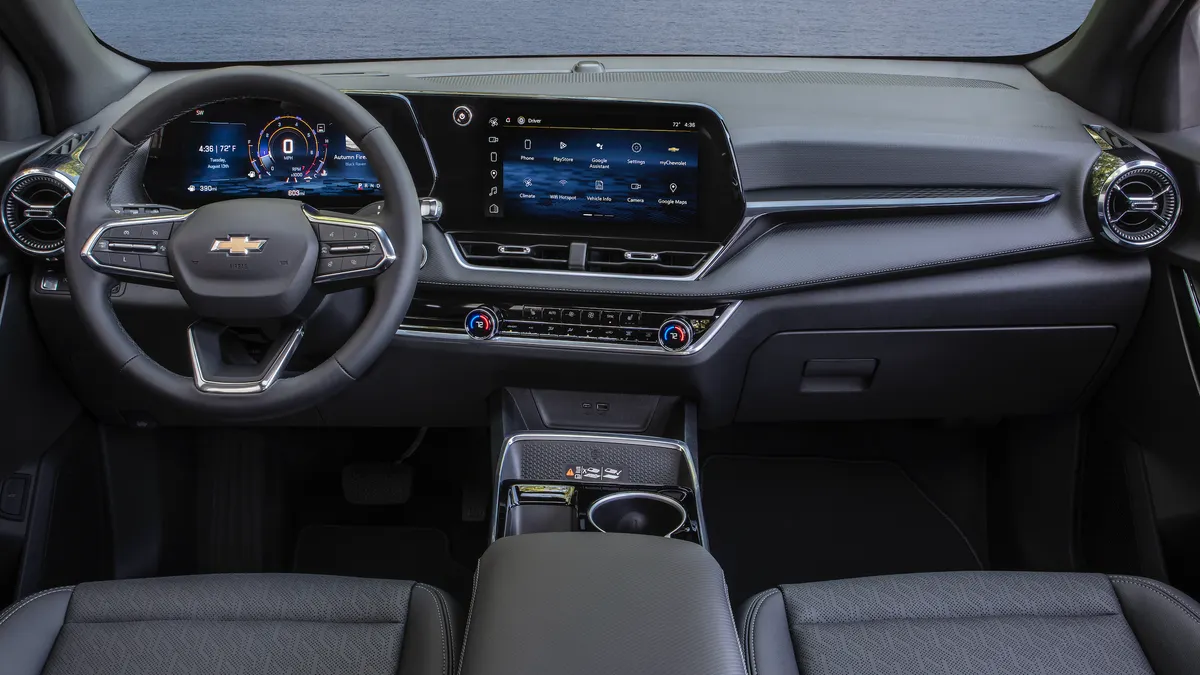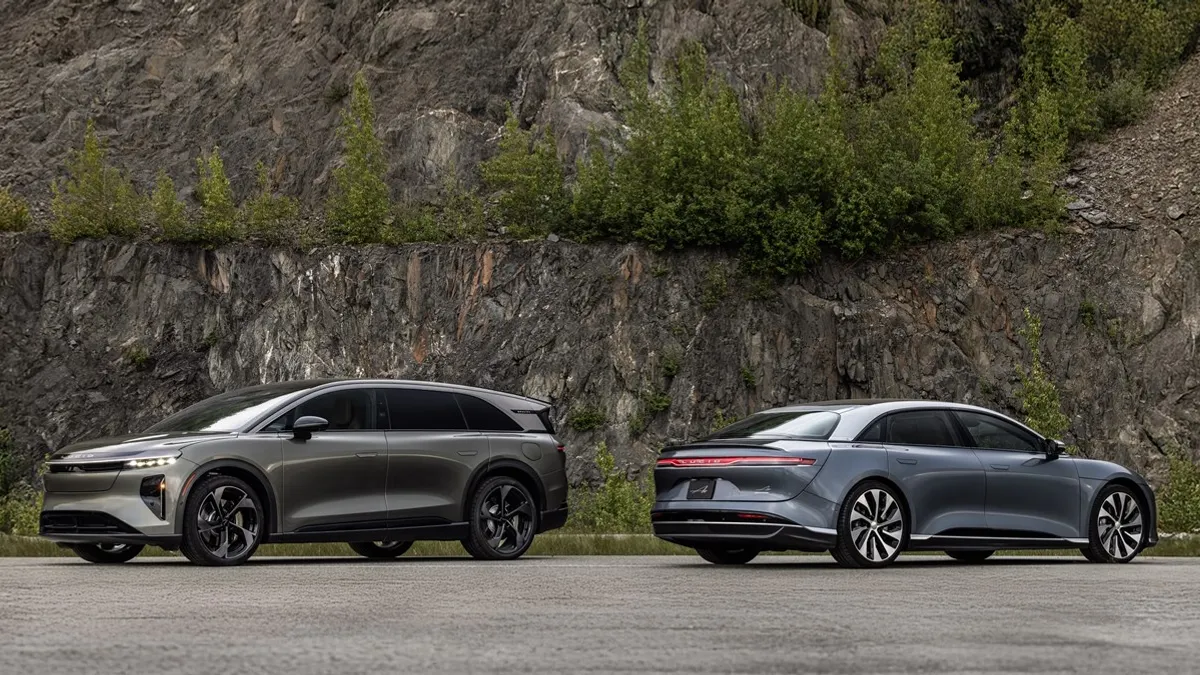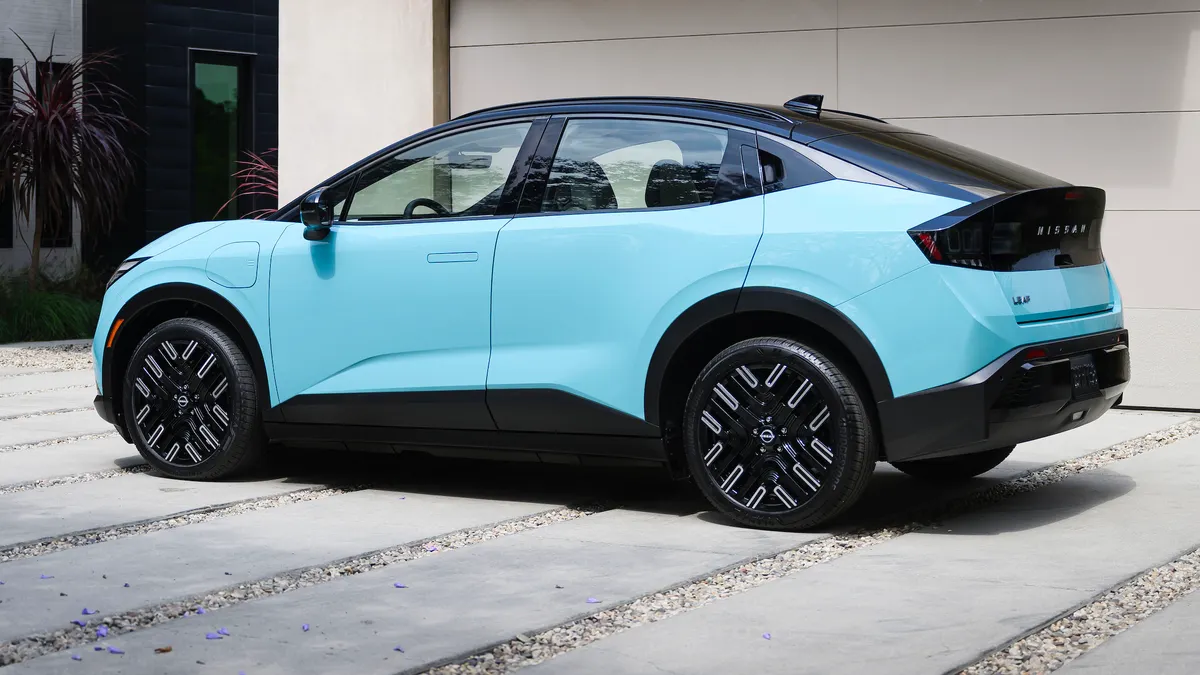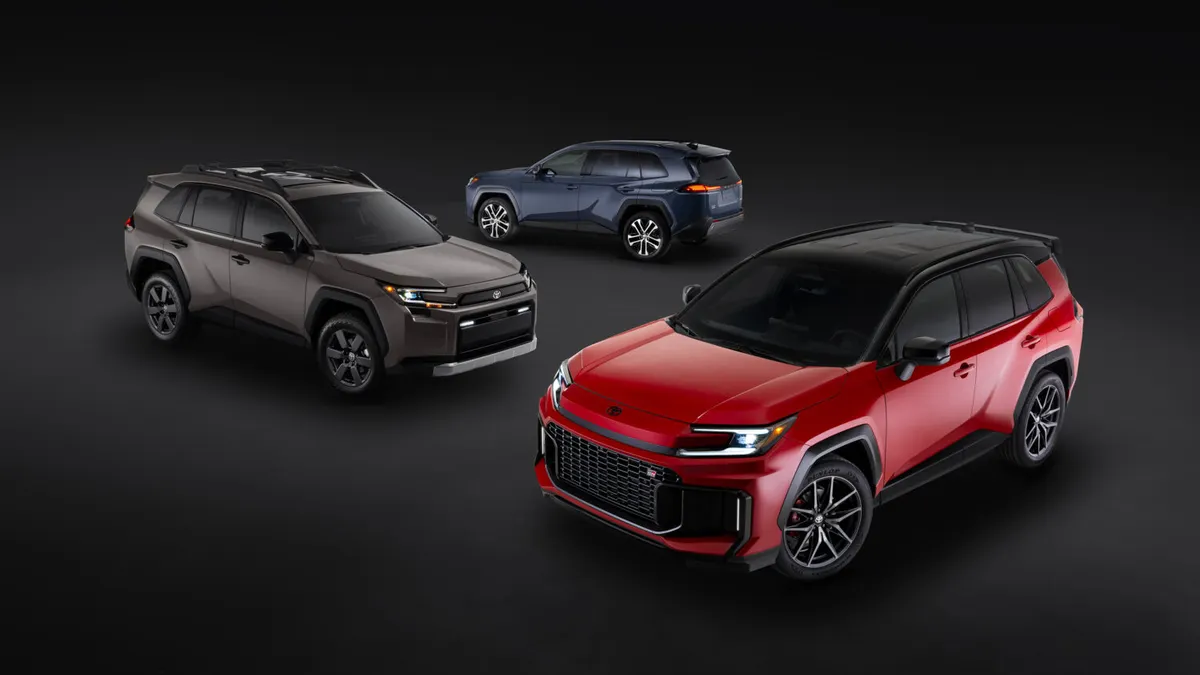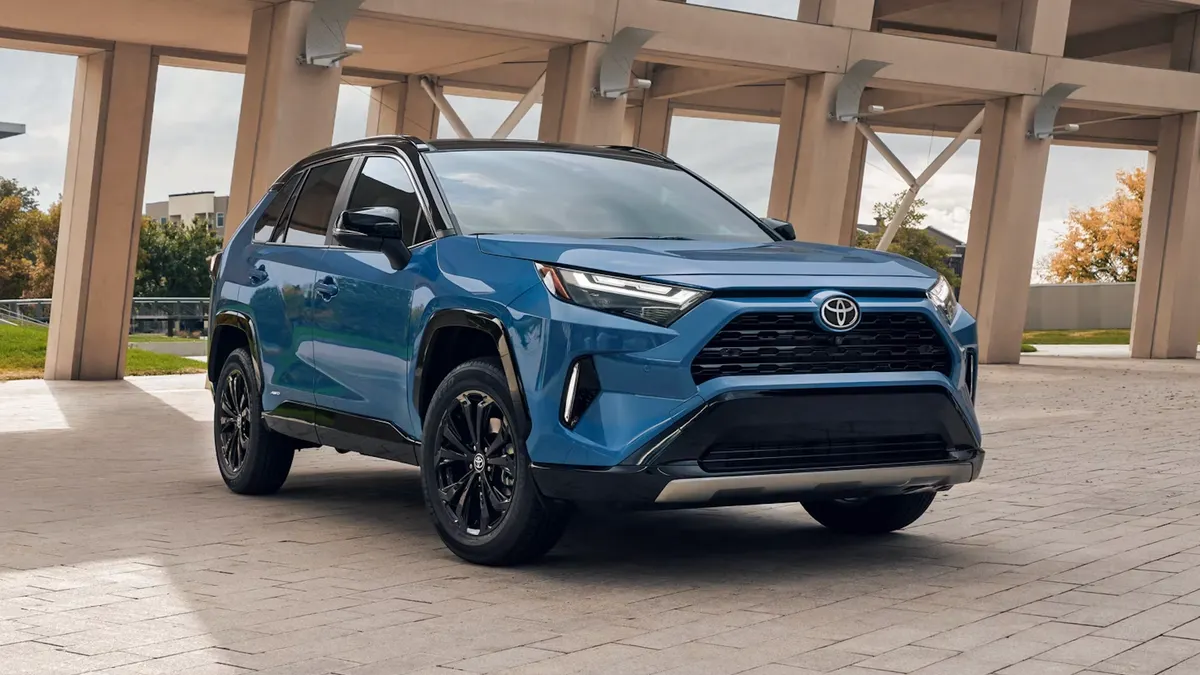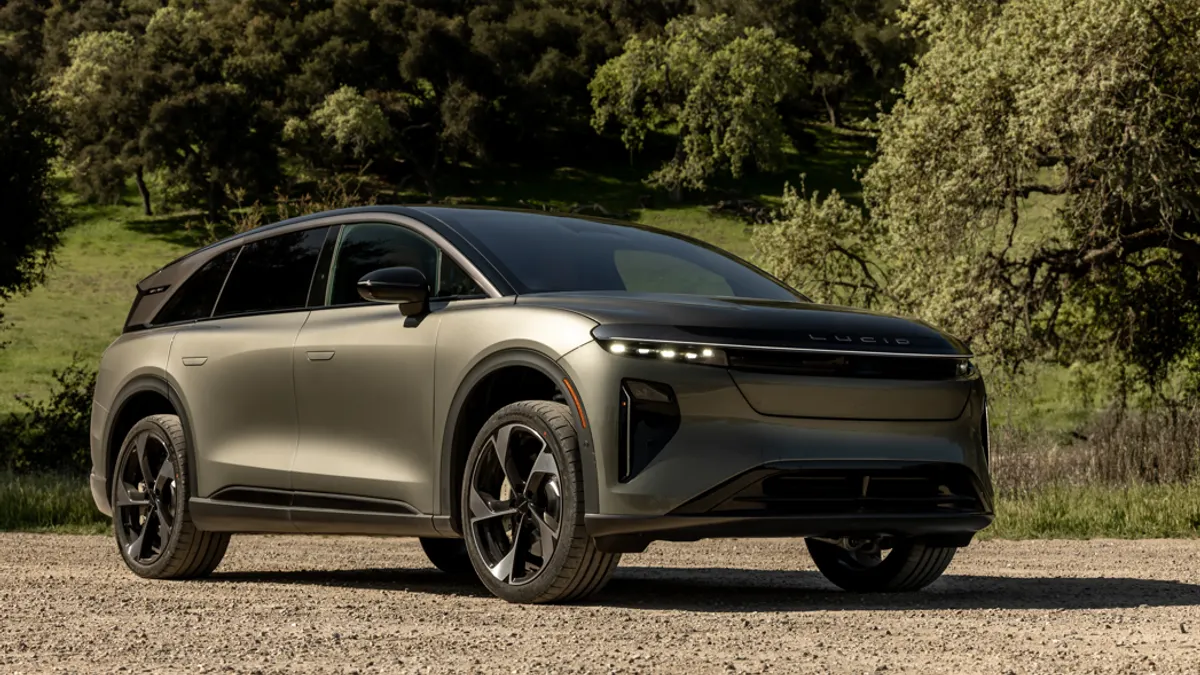CEO Jim Farley announced Monday that Ford believes it has cracked the code to battle low-cost Chinese battery-electric vehicles, in the form of its new Universal Electric Vehicle Platform and with a planned disassembly of the assembly line to produce it.
The first vehicle off the platform will be a yet-to-be-named or seen publicly $30,000 BEV pickup truck, a model so affordable Farley promises the workers set to build it in Louisville, Kentucky, will be able to buy it. The promise references what Ford founder Henry Ford wanted when he launched the Model T in 1908, revolutionizing the auto industry with its accessibility to the workers on his assembly line in Highland Park, Michigan.
The new affordable Ford BEV truck, set to go on sale in 2027 in the U.S., is a development of Ford’s three-year-old Skunk Works team in Long Beach, California, which has been working somewhat in secret to undo the old ways of designing, engineering and manufacturing a vehicle.
“They’re all coming for us, (the) legacy automotive companies,” Farley says of the Chinese OEMs via a livestream from its Louisville vehicle assembly plant, now building fullsize SUVs, but also the soon-to-depart Ford Escape and Lincoln Corsair small CUVs. The Escape and Corsair's termination after the 2026 model year will make room for the new BEV, but the small CUVs' assembly line is set for a thorough redesign to accommodate production of the electric midsize pickup because, as the CEO says, “(Ford) needed a radical approach…to create an affordable vehicle that delights customers in every way that matters.”
Farley has been vocal about the threat China’s BYD and other more nimble OEMs pose to legacy OEM business, noting famously his time spent driving a Xiaomi SUZ7 EV last year was so enjoyable he didn’t want to give up the vehicle. Chinese OEMs, after conquering their local market with low-priced BEVs, now are selling their vehicles globally and gaining share where they can. The U.S. market remains closed with a 100% tariff on Chinese BEV imports.
Configurable, roomy vehicle but overall a risky project
Farley promises the new truck will have four doors, endless configurability, plenty of capacity for five people and their stuff such as surfboards, plus low maintenance, a good range, fast charging, a lower cost of ownership than internal-combustion-engine pickups of the same size and an all-new digital experience.
“We're lucky if we get to work on one, maybe two projects to really change the face of our industry, and I believe today is going to light the match as one of those projects,” Farley says of the momentousness he believes this announcement carries, although he acknowledges some doubt.
“We're doing so many new things, I can't tell you with 100% certainty that this will all go just right. It is a bet. There is risk,” he says.
Modular assembly in tree formation, fewer parts
Ford is ditching the assembly line structure for the pickup in favor of a modular assembly process, already being employed at Tesla to various degrees via its Unboxed Process. The new modular assembly at Ford will take the form of a tree design. The new vehicle’s assembly, and presumably that of forthcoming models off the same new platform, is being broken into three different branches or subassembly lines working in parallel, to limit the time to build from start to finish.
Various ergonomic benefits to workers will be realized, as they will not need to reach in through a door and twist and turn to install parts such as the instrument panel or seats as they do know in producing vehicles on a single linear assembly line.
Ford worked to abolish the traditional means and components involved in the creation of a vehicle, a frequent reason cited by industry watchers as an advantage the Chinese possess over the legacy OEMs.
For instance, the automaker has eliminated, via a unicasting, three-quarters of the body parts of a traditional pickup, says Bryce Currie, vice president-Americas Manufacturing for Ford. “Two-thirds of the welds are gone…half of the fasteners are gone.” He also notes that, compared to typical Gen 1 electric SUVs, the team removed 4,000 feet (1,219 m) of (electrical) wiring, with a usually-sizeable wiring harness being a component that slows down vehicle assembly and adds complexity and weight. “Over three-quarters of a mile of wiring is gone,” Currie says compared with Gen 1 electric SUV example.
Ford investing $5 billion total
Farley says Ford will invest $2 billion to modernize the Louisville plant for the production of the new pickup and has spent an additional $3 billion at its Blue Oval battery park in Marshall, Michigan, that will be producing the prismatic lithium iron phosphate (LFP) battery cells that will power the vehicle.
He notes the pickup model and future BEVs off the platform will not be “compliance cars” and vows “no more loss leaders that require a big check from the company to make.”
That’s a reference to the early years of the modern BEV business in the U.S., when legacy OEMs turned out underwhelming models with low ranges and low content to meet U.S. and/or California emissions and fuel economy rules.
While Ford is doing relatively well with its current slate of BEV models, notably the Lightning pickup truck and Mustang Mach-E SUV, sales have begun waning as the competition is offering fresher products. The Lightning and Mach-E have had no redesigns and few updates since their launches in 2022 and 2021, respectively.
Omdia Automotive data shows the two Ford models' combined sales in first-half 2025 were just under 35,000, tracking behind 2024’s calendar-year total of 85,000 sales and looking like both will underperform year-ago results barring a strong second half. Ford was third in total BEV sales in 2024 in the U.S. with 98,000 units, but this year looks to fall further behind Detroit Three rival General Motors, which was No.2 last year with 114,000. Tesla was No.1 in 2024 U.S. BEV sales with 591,000 units and remains in first this year, despite a falloff in volume from last year.
Ford last week said it was delaying the successor to the Lightning, codenamed Project T3, from 2027 to 2028, after an earlier 2025 to 2027 delay for the truck. The automaker also pushed back a next-generation all-electric van that will replace the E-Transit from 2026 to 2028. Both delays were put down to a stated desire to focus on affordability although, as noted above, the new BEV pickup won't arrive until 2027, leaving potentially rough waters for Ford to navigate in the U.S. BEV segment this year and next.


